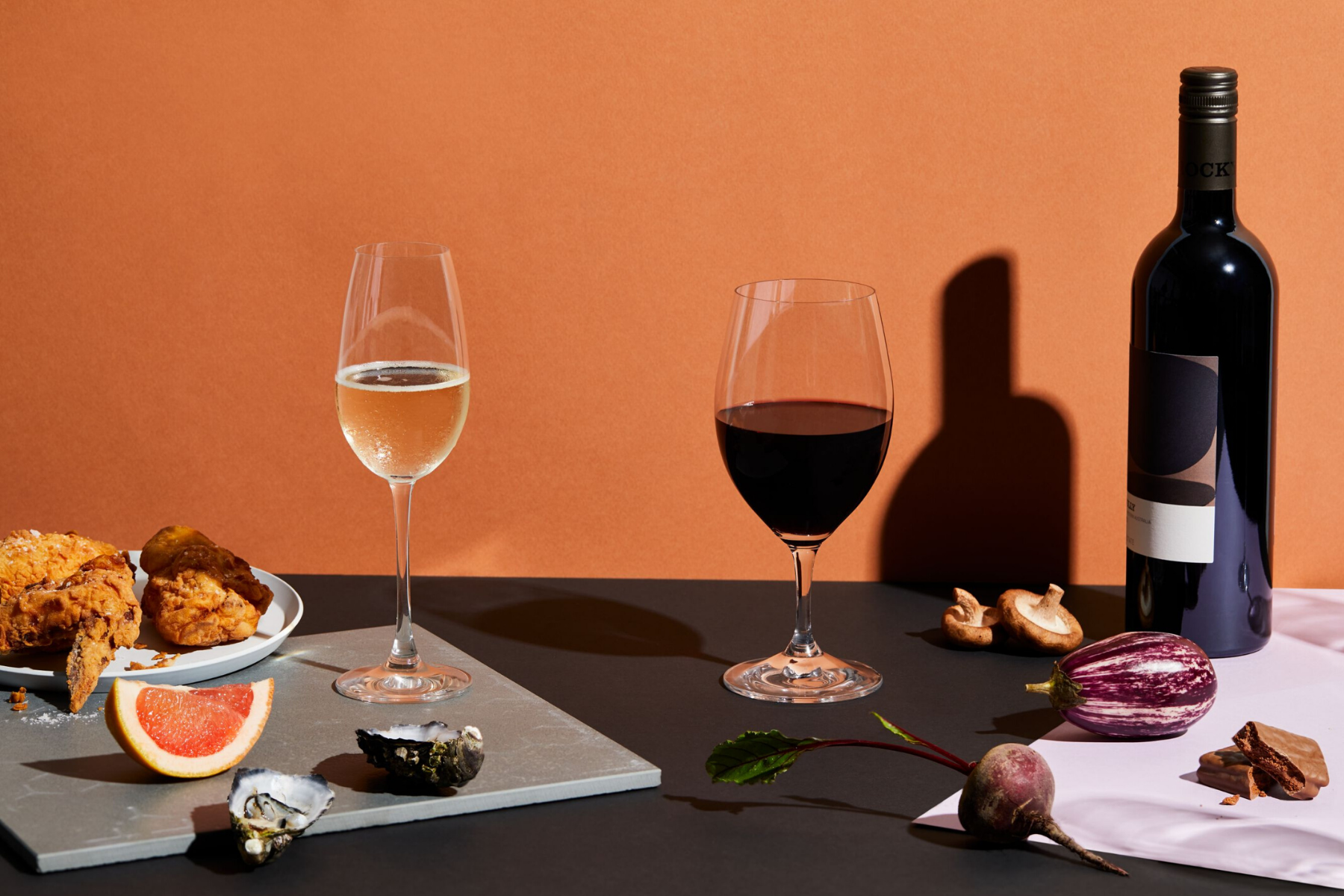

Wine is like sex: everyone knows enough about it to get started. Some people pretend to know more about it than they actually do and the rest of us are happy to hear some helpful tips.
Wine is like sex: everyone knows enough about it to get started. Some people pretend to know more about it than they actually do and the rest of us are happy to hear some helpful tips.So it is in this vein that we would like to clarify what we’ve found are some of the most misunderstood wine terms...
DRY
"What do you mean this wine is dry… it seems pretty wet to me!"
Short answer: Its dryness indicates how much sugar and, therefore, sweetness it has.
Dry = no sugar. Off-Dry = a little bit of sugar. Sweet = lots of sugar
Long answer: The sugar found in grapes is what ferments into alcohol in the winemaking process. In dry wines, all the sugar is fermented into alcohol. In off-dry and sweet wines generally, the fermentation process is stopped before all the sugar turns into alcohol. Secondary factors like fruit flavours can also influence the perception of sweetness in the wine.
Tannins
"The what who now?"
Short answer: Compounds in wine that make it taste bitter. To get a better idea, brew an extra-strong cup of tea.
Long answer: Tannins are polyphenols (chemical compounds) found in plants. They are imparted into red wines from the grape skins and seeds through the winemaking process or oak-barrel aging. They don’t actually have a taste… more of a texture as they scrape proteins and fats from the tongue. As such they act as a bit of a palate cleanser and go really well with fatty foods like juicy steaks and creamy cheeses. Tannins are also found in chocolate, tea and coffee.
Terroir
“I can’t pronounce that"
Short answer: Terroir is a French word that describes the sum of the parts of the environment the grapes come from and its impact on the wine’s taste.
Long answer: It’s an esoteric term that encompasses the region's climate and soil as well as the slope of the vineyard and other nearby crops or plants. It’s used as an all-encompassing term to talk about the quality or characteristics of an area a wine is from. Say it like this: ‘tehr-wah.
Acidity
“Acid is bad right?” Wrong!
Short answer: Similar to citric acid in lemon and limes, acidity makes something taste sour and often more refreshing… like lemonade.
Long answer: Remember doing a litmus paper test in high school science? Something is acidic if it is less than 7 on the pH scale. Well, wines range from 2.5 to 4.5 in pH. A wine’s acidity comes mostly from tartaric and malic acid found in grapes. Different grape types have varying levels of acid and the climate the grapes are grown in plays a role in how much acid the grapes naturally lose as they ripen. Often sweeter wines will need more acidity to balance the sugariness and that’s also why Coca Cola is very acidic.
Body
“Body of a wine? ... Do you mean like a body of water – like a lake full of wine?” We wish
Short answer: A descriptive term that indicates how ‘heavy’ the wine tastes and feels in your mouth.
Long answer: This word attempts to describe the combination of a wine's characteristics. In other words, how the sugar, tannins, alcohol content and acidity of a wine impact its feel. Wines can be described as ‘light’, ‘medium’ or ‘full’ bodied. Generally, the more tannins, sweetness and alcohol the wine has, the more likely it is to be described as full bodied. Acidity is often higher in light wines as it makes it taste somewhat smoother.
And there you have it. The five most misunderstood wine terms. Not so tricky after all. And now you know as much, if not more than your pesky know-it-all brother-in-law
Next up: Take our Wine Palate Quiz and match your personal tastes to your top three wine types
Do you know your wine personality? If your answer is no, take our quiz to find out which wines to pick up next and build your box!
Build my box





